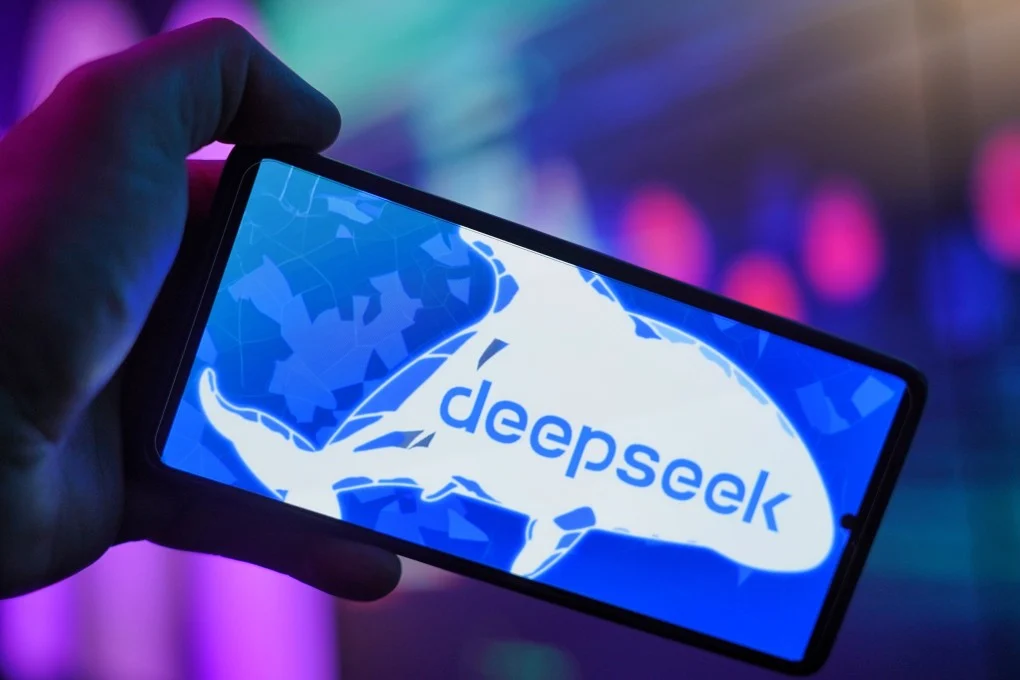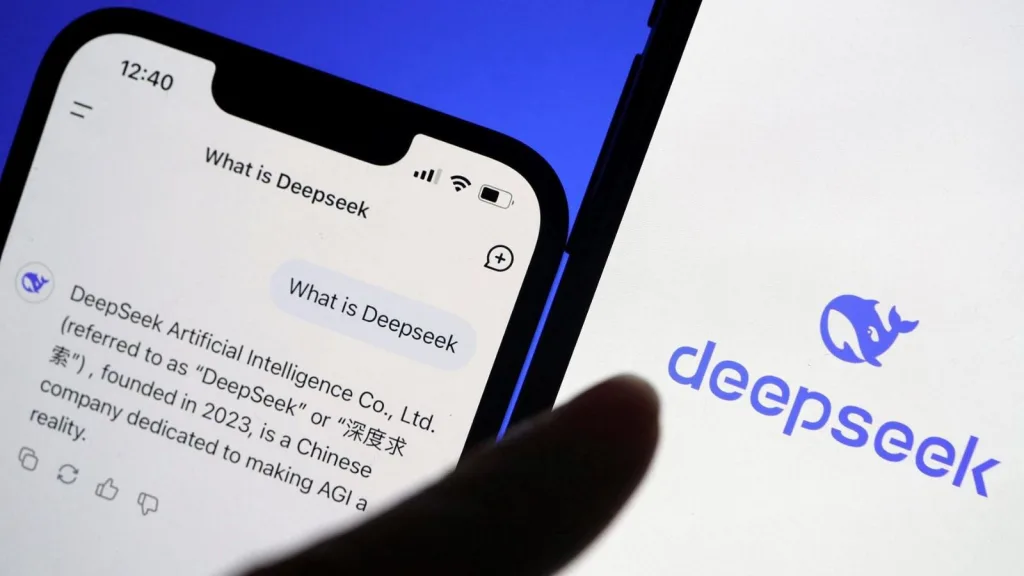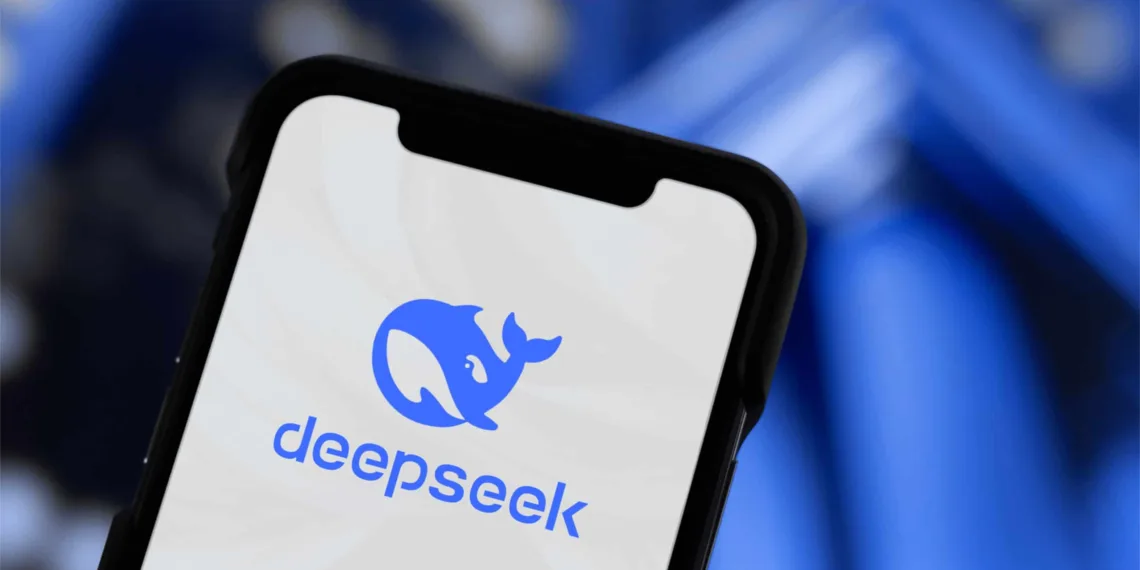DeepSeek AI Competition!
In a stunning turn of events that’s sending shockwaves through the tech world, China’s AI landscape is undergoing a dramatic transformation. At the heart of this revolution is the DeepSeek AI competition, which has forced industry giant Baidu to make a pivotal shift in its strategy. Let’s dive into the exciting world of Chinese AI and explore how the DeepSeek AI competition is reshaping the future of technology in the world’s most populous nation.
Table of Contents
The Rise of Open-Source AI in China
China’s commitment to open-source AI development has been a cornerstone of its national strategy, and it’s paying off in spectacular fashion. The government’s emphasis on “joint innovation and sharing” has created a fertile ground for collaboration and rapid advancement. This approach has not only accelerated China’s AI capabilities but has also positioned the country as a formidable player on the global stage.

DeepSeek: The Disruptor That Changed the Game
Enter DeepSeek, the AI startup that’s become the talk of the tech world. Building on the foundation laid by Alibaba’s open-source Qwen model, DeepSeek has taken AI development to new heights with its R1 model. Using a technique called knowledge distillation, DeepSeek essentially took the vast knowledge contained in Qwen 2.5, reorganized it more efficiently, and added powerful new features like reinforcement learning.
The result? A model that’s not just powerful but also incredibly efficient. This breakthrough has sent ripples through the industry, forcing even established players to reconsider their strategies.
Baidu’s Strategic Pivot
Feeling the heat from the DeepSeek AI competition, Baidu, once a pioneer in China’s AI scene, found itself at risk of being left behind. In a move that underscores the impact of DeepSeek’s success, Baidu announced on February 13th that it would make its flagship chatbot, Ernie, free from April 1st. But the real bombshell was Baidu’s commitment to open-sourcing the Ernie AI platform.
This pivot marks a significant shift for Baidu and highlights the growing importance of open-source development in China’s AI ecosystem. By opening up Ernie to third-party developers, Baidu hopes to inject fresh energy into its AI project and regain its competitive edge.

The Global Impact of China’s Open-Source AI
The DeepSeek AI competition isn’t just reshaping China’s tech landscape; it’s having a profound impact on the global stage. Researchers at prestigious institutions like Stanford and Berkeley have leveraged China’s open-source platforms to develop powerful, cost-effective AI models.
For instance, Stanford researchers used the open-source foundation to create S1, a surprisingly capable reasoning model trained for less than $50. Meanwhile, Berkeley’s team replicated DeepSeek’s R1-Zero in a miniature package called TinyZero, achieving impressive results with just 3 billion parameters and $30 worth of training resources.
These developments underscore the potential of open-source AI to democratize access to cutting-edge technology and accelerate innovation on a global scale.
ByteDance: The Last Holdout?
As Baidu joins the open-source movement, all eyes are now on ByteDance, the creator of TikTok and the last major player in China to maintain a proprietary AI model. ByteDance’s Doubao chatbot currently leads the market with around 60 million monthly users, but the rapid rise of DeepSeek’s R1 threatens to upend this dominance.
While ByteDance has dabbled in open-source AI with its computer vision models, including the recently released Goku image and video generator, the company has yet to make the leap with its core chatbot technology. As the DeepSeek AI competition continues to heat up, the pressure on ByteDance to follow suit will only intensify.
The Future of AI in China
The DeepSeek AI competition has catalyzed a new era of innovation and collaboration in China’s tech sector. As former Chinese ambassador to the U.K., Fu Ying, noted at a recent conference in Paris, open-source development has been instrumental in China’s “explosive” AI growth.
This shift towards openness and collaboration is not just benefiting individual companies; it’s propelling China to the forefront of global AI research and development. As more companies embrace the open-source model, we can expect to see even more groundbreaking innovations emerge from China’s vibrant tech ecosystem.
Conclusion: A New Chapter in AI Development
The DeepSeek AI competition has reshaped China’s tech landscape, forcing giants like Baidu to adapt and innovate. As open-source development continues to drive progress, we’re witnessing the dawn of a new era in AI – one where collaboration and shared knowledge fuel rapid advancements that benefit not just China, but the entire world.
The race is far from over, and with ByteDance still holding onto its proprietary model, the next chapter in this exciting story is yet to be written. One thing is certain: the DeepSeek AI competition has forever changed the face of AI development in China and beyond.
DeepSeek vs ChatGPT vs Grok AI vs Google Gemini: Which AI Rules the Chatbot World?
FAQs
Q: How has the DeepSeek AI competition influenced Baidu’s strategy?
A: The DeepSeek AI competition has pushed Baidu to make a significant shift in its approach. In response to DeepSeek’s success with open-source models, Baidu has announced plans to make its Ernie chatbot free and, more importantly, to open-source the entire Ernie AI platform. This move aims to boost adoption among developers and regain Baidu’s competitive edge in the rapidly evolving AI landscape.
Q: What makes DeepSeek’s R1 model stand out in the AI competition?
A: DeepSeek’s R1 model stands out due to its innovative use of knowledge distillation. By efficiently reorganizing the knowledge from Alibaba’s Qwen 2.5 model and adding new features like reinforcement learning, DeepSeek created a more powerful and efficient AI model. This approach has not only produced impressive results but has also inspired global researchers to develop cost-effective, high-performance AI models using similar techniques.








